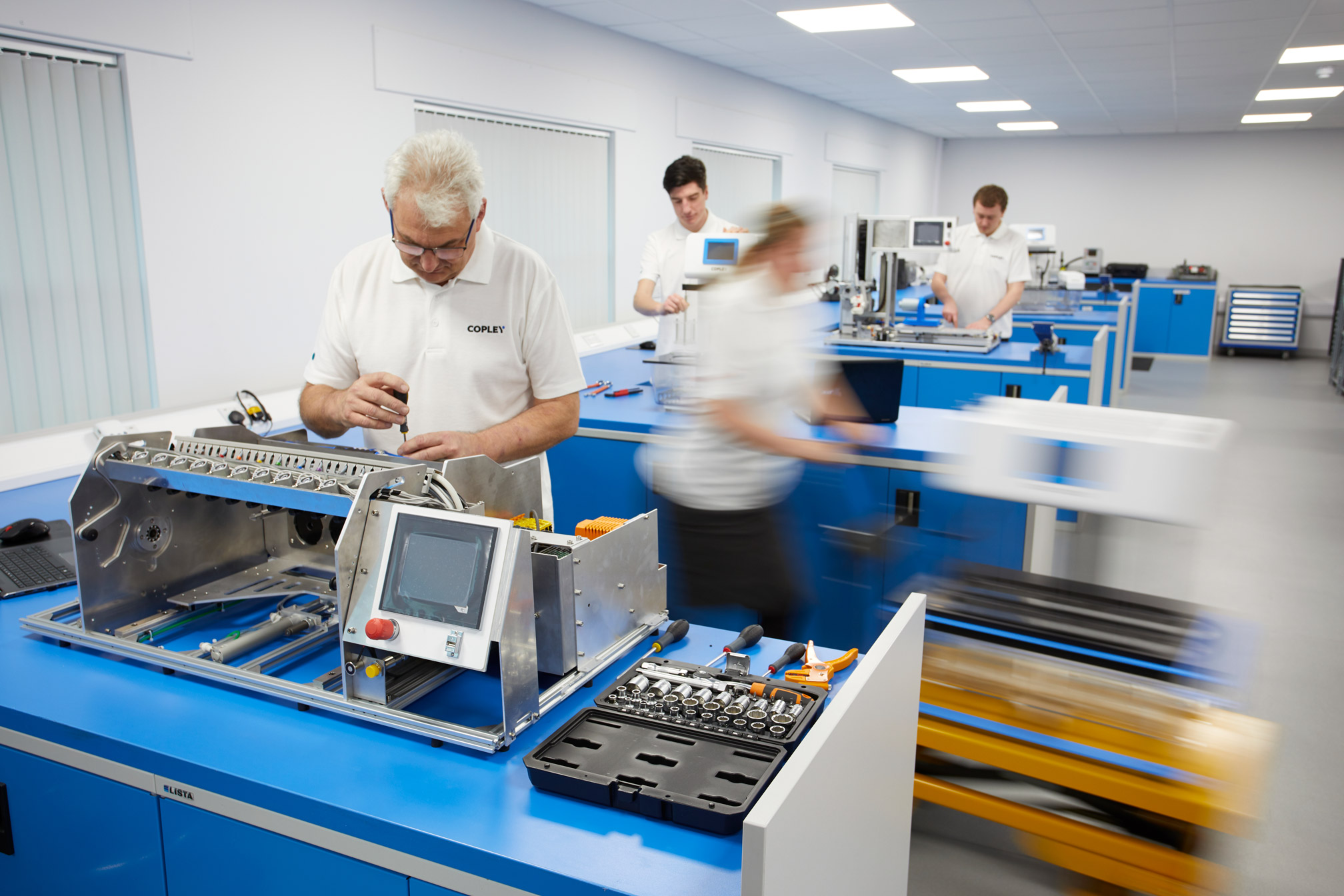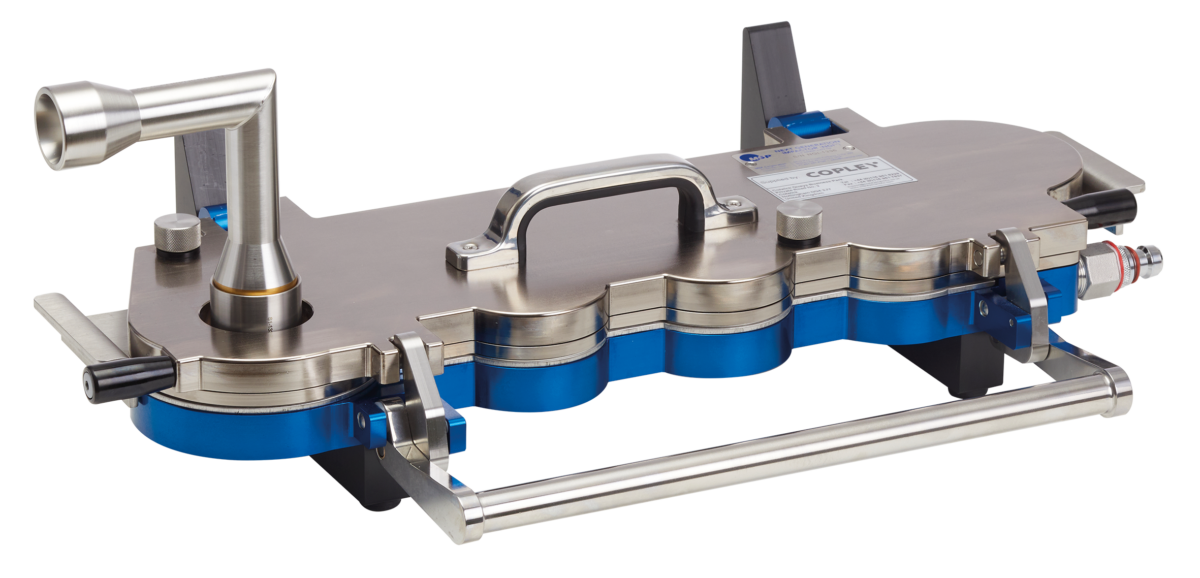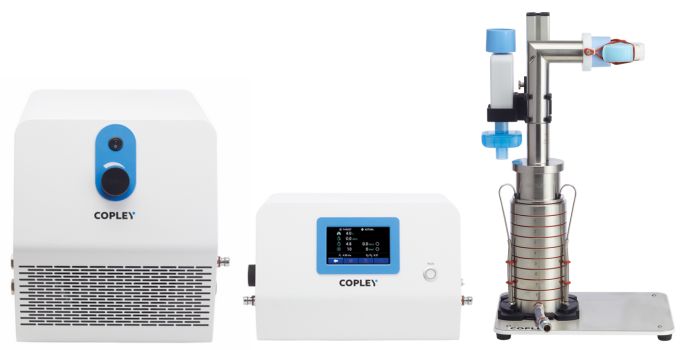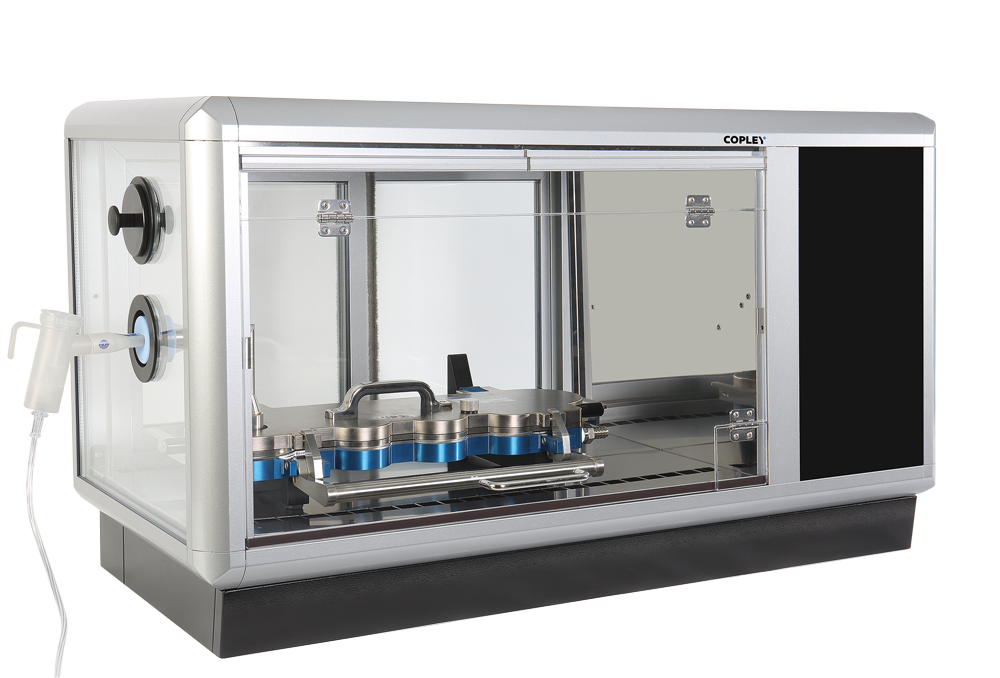Aerodynamic Particle Size Distribution
Please select an OINDP type for further information about Aerodynamic Particle Size Distribution measurement.
APSD of Metered Dose Inhalers (MDIs)
The APSD testing of MDIs is typically performed at a flow rate of 28.3 L/min when using an ACI or 30 L/min when using an NGI. For Breath Actuated MDIs (BAIs) a Breath Actuation Controller may also be used to generate a time delay.
However, it must be noted that when add-on devices such as spacers or valved holding chambers (VHCs) are used, the APSD characteristics may be substantially altered from what is emitted when the MDI is used alone and must be assessed appropriately.
View More Details
APSD of Dry Powder Inhalers (DPIs)
The APSD measurement of DPIs is typically performed under the same conditions as DDU testing, however a Preseparator is typically interposed between the induction port and stage 0 of cascade impactor to capture the large, non-inhalable carrier particles, to prevent impactor over-loading.
As for delivered dose testing of DPIs, test flow rate is set on the basis of a 4 kPa pressure drop across the device, to approximate the mean patient inhalation flow rate achieved during clinical use.
View More Details
APSD of Nebulisers
For devices such as nebulisers, the evaporation of droplets exacerbated by the thermal mass of the impactor can be a problem, especially for drugs in solution. Loss of solvent reduces droplet size, producing artificially low APSD measurements, compromising the integrity of the resulting data. Cooling the impactor to approximately 5°C is the recommended method for overcoming this problem.
View More Details
APSD of Soft Mist Inhalers (SMIs)
For ADIs as for nebulisers, the evaporation of droplets exacerbated by the thermal mass of the impactor can be a problem. Loss of solvent reduces droplet size, producing artificially low APSD measurements, compromising the integrity of the resulting data. Cooling the impactor to approximately 5°C is the recommended method for overcoming this problem.
View More Details
APSD of Nasal Products
Nasal sprays, nasal aerosols and nasal powders typically produce droplets in the range of 20-200 microns, which is outside the effective range of cascade impactors. However, each may deliver a proportion of fine droplets in the <10 micron range. It is important to quantify this FPD since it can penetrate beyond the nasal tract and into the lower respiratory tract or lungs, which may be undesirable.
View More Details


Related Services



Training
We offer a range of training courses, presentations and seminars covering a wide range of topics.
Find Out More


Servicing
A comprehensive range of both in-house and on-site product servicing options are available
Find Out More


Support
Our team of experienced technicians and engineers are on hand to help and advise
Find Out More









